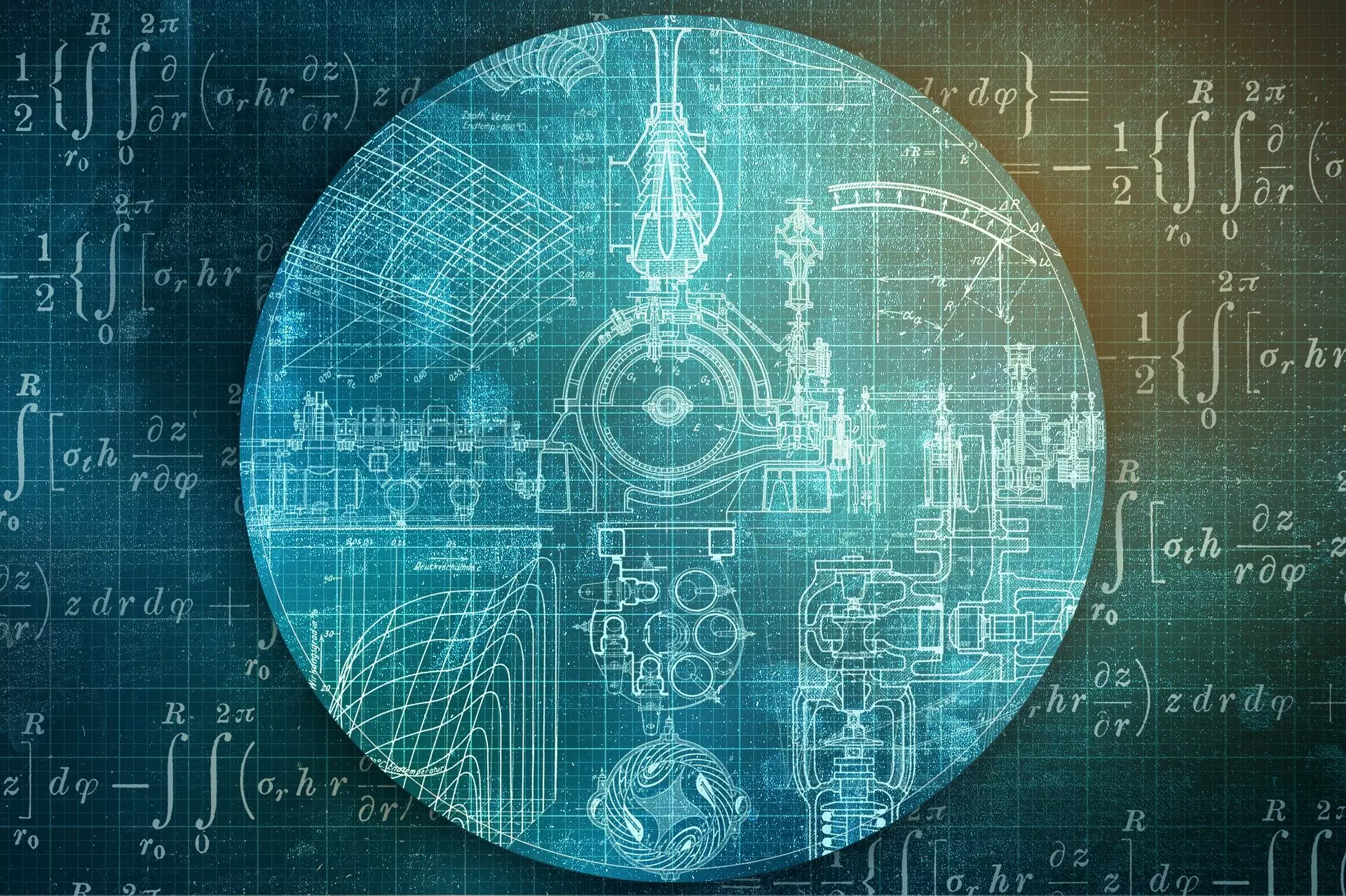In recent years, the field of artificial intelligence has witnessed significant progress in generative models. These models, a type of machine learning algorithm, have the ability to learn patterns from data sets and generate new, similar sets of data. They are commonly utilized in tasks such as image generation and natural language processing, with notable examples being chatGPT models. Generative models have shown remarkable success across various applications, including image and video generation, music composition, and language modeling.
Despite their widespread use, one of the key challenges in the realm of generative models is the lack of theoretical understanding regarding their capabilities and limitations. This gap in knowledge can have profound implications on how these models are developed and deployed in real-world applications. Particularly, the difficulty lies in effectively sampling from complex data patterns, especially when dealing with high-dimensional and intricate data sets commonly encountered in modern AI scenarios.
A recent study led by scientists at EPFL, spearheaded by Florent Krzakala and Lenka Zdeborová, delved into the efficiency of contemporary neural network-based generative models. Published in PNAS, the research compared these modern methods against traditional sampling techniques, focusing on a specific class of probability distributions related to spin glasses and statistical inference problems. The team scrutinized various generative models, including flow-based models, diffusion-based models, and generative autoregressive neural networks.
The researchers employed a theoretical framework to evaluate the performance of these generative models in sampling from known probability distributions. By mapping the sampling process to a Bayes optimal denoising problem, they assessed how each model generated data by likening it to the task of removing noise from information. Drawing inspiration from the intriguing world of spin glasses, the team explored how neural network-based generative models navigate complex data landscapes.
The study compared the efficiency of modern generative models with traditional algorithms such as Monte Carlo Markov Chains and Langevin Dynamics. It was revealed that while diffusion-based methods may encounter challenges in sampling due to first-order phase transitions in the denoising path, neural network-based models demonstrated superior efficiency in certain scenarios. This nuanced understanding sheds light on the strengths and limitations of both traditional and contemporary sampling methods.
The research serves as a guide for developing more robust and efficient generative models in the field of artificial intelligence. By establishing a clearer theoretical foundation, it paves the way for the creation of next-generation neural networks capable of handling complex data generation tasks with unprecedented efficiency and accuracy. In essence, this critical analysis offers valuable insights into the evolving landscape of generative models in AI and highlights the potential for further advancements in the field.


Leave a Reply
You must be logged in to post a comment.